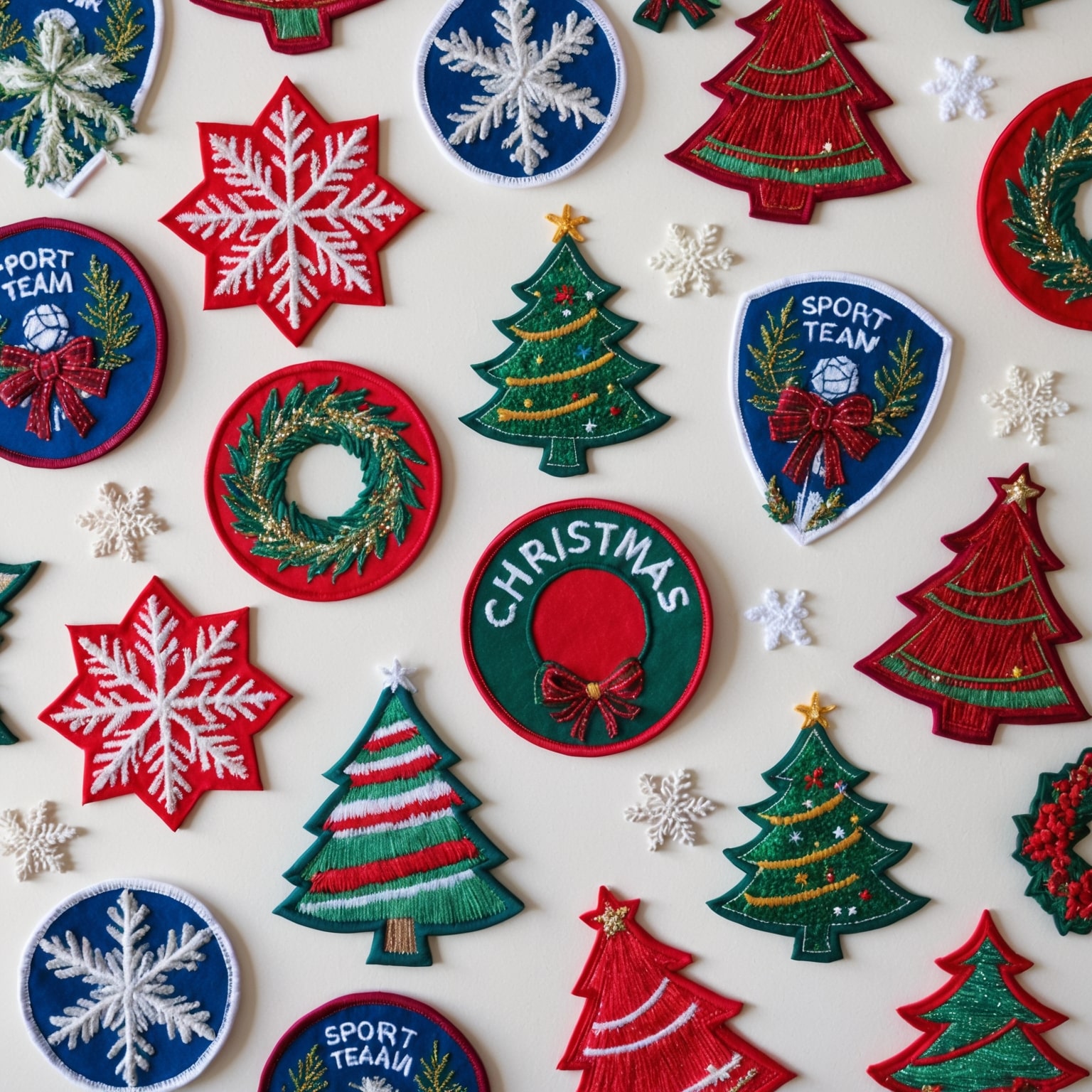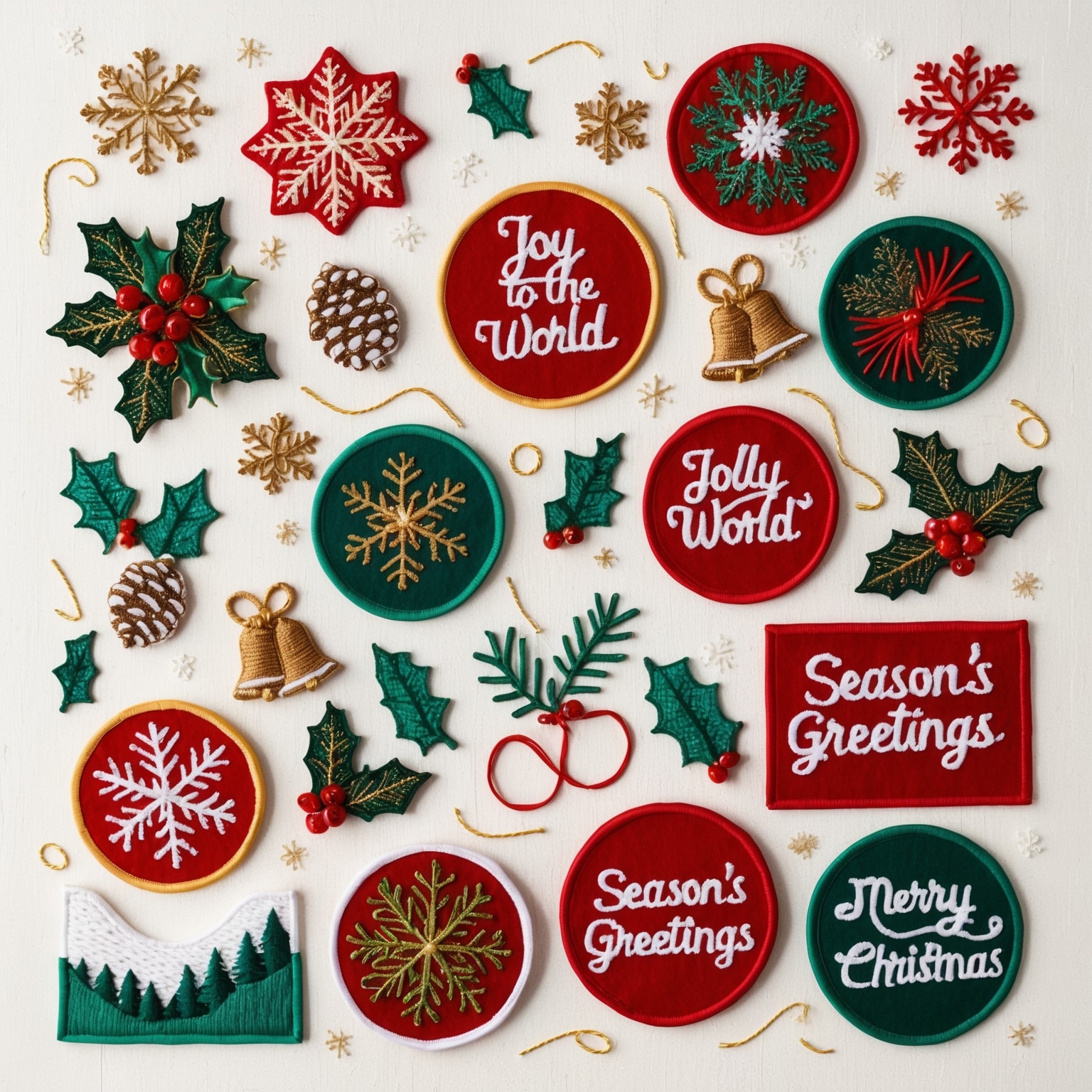The Art of Crafting Custom Patches with Scouts
Custom patches have long been a staple in the world of scouting. They serve as markers of achievement, symbols of group identity, and reminders of memorable experiences. While many patches are professionally made, there’s a special joy in creating custom patches by hand, especially with scouts. DIY patch projects not only foster creativity and teamwork but also provide a hands-on learning experience in design and crafting. In this article, we’ll explore various DIY patch projects you can undertake with scouts, offering detailed guidance on materials, techniques, and creative ideas to help you craft unique and meaningful custom patches.
The Significance of Custom Patches in Scouting
Symbols of Achievement and Milestones
In scouting, patches are often awarded for completing specific tasks, reaching milestones, or demonstrating skills. They are visual representations of a scout’s journey and accomplishments. Creating custom patches allows scouts to personalize these symbols, making them even more meaningful.
Example: A scout troop might design custom patches for completing a challenging hike, featuring the trail’s name, the date, and a symbol representing the terrain.
Building Group Identity and Camaraderie
Custom patches also play a crucial role in building group identity and fostering camaraderie among scouts. Each troop, pack, or patrol can have its unique patch, symbolizing its values, traditions, and spirit. DIY projects offer a chance for scouts to contribute to their group’s identity.
Example: A Cub Scout pack might create a custom patch featuring their mascot and colors, reflecting the pack’s unique character and unity.
Creative DIY Patch Project Ideas
1. Embroidered Patches: Classic and Timeless
Materials Needed:
- Fabric (cotton, felt, or canvas)
- Embroidery thread
- Embroidery hoop
- Needle
- Scissors
- Iron-on adhesive (optional)
- Pencil or fabric marker
Steps:
- Design the Patch: Begin by sketching the design on paper. Once the design is finalized, transfer it onto the fabric using a pencil or fabric marker.
- Prepare the Fabric: Stretch the fabric tightly in an embroidery hoop. This will keep the fabric taut and make it easier to stitch.
- Start Embroidering: Use different embroidery stitches (e.g., backstitch, satin stitch, French knot) to fill in the design. Encourage scouts to experiment with various stitches to create texture and detail.
- Finishing Touches: Once the embroidery is complete, carefully cut out the patch, leaving a small border. Apply iron-on adhesive to the back if you want to make the patch easy to attach.
Example: A scout troop might create embroidered patches featuring a campfire design, using different shades of orange and red thread to represent the flames.
2. Felt Patches: Easy and Colorful
Materials Needed:
- Felt sheets in various colors
- Scissors
- Fabric glue
- Needle and thread (optional)
- Templates or stencils (optional)
Steps:
- Cut Out Shapes: Use scissors to cut out different shapes from the felt sheets. You can use templates or stencils to ensure consistency in shape and size.
- Assemble the Patch: Layer the felt shapes to create the desired design. Use fabric glue to adhere the layers together. For added durability, you can sew the layers together using a needle and thread.
- Adding Details: Add small details like eyes, patterns, or letters using smaller felt pieces or embroidery thread.
Example: A Cub Scout pack might make felt patches shaped like their pack’s animal mascot, using different colors of felt to represent different features.
3. Appliqué Patches: Layered and Detailed
Materials Needed:
- Fabric (various colors and patterns)
- Scissors
- Iron-on adhesive
- Needle and thread or sewing machine
- Iron
- Pencil or fabric marker
Steps:
- Design and Cut: Draw the patch design on paper and cut out the individual pieces. Transfer the design onto the fabric and cut out the fabric pieces accordingly.
- Assemble with Iron-On Adhesive: Use iron-on adhesive to attach the fabric pieces to a base fabric. Layer the pieces to create depth and detail.
- Secure with Stitching: For added security, sew around the edges of each piece using a sewing machine or needle and thread. This will also add a decorative touch.
Example: A Girl Scout troop might create appliqué patches featuring flowers or butterflies, using different patterned fabrics for a vibrant and colorful look.
4. Painted Patches: Artistic and Expressive
Materials Needed:
- Fabric (canvas or cotton)
- Fabric paint or fabric markers
- Paintbrushes
- Stencils (optional)
- Iron
Steps:
- Sketch the Design: Lightly sketch the design on the fabric using a pencil or fabric marker.
- Start Painting: Use fabric paint or markers to fill in the design. Encourage scouts to experiment with different painting techniques, such as blending colors or adding texture.
- Set the Paint: Once the paint is dry, set it by ironing the patch according to the paint manufacturer’s instructions. This will make the paint permanent and washable.
Example: A Venturing crew might design painted patches featuring landscapes from their favorite hiking destinations, using fabric paint to capture the scenery.
5. Woven Patches: Textured and Intricate
Materials Needed:
- Loom or cardboard (to create a makeshift loom)
- Yarn or thread in various colors
- Needle
- Scissors
- Fabric backing (optional)
Steps:
- Create a Loom: If using cardboard, cut slits along the top and bottom edges to create a loom. Thread yarn through the slits to create the warp threads.
- Start Weaving: Weave the yarn over and under the warp threads to create the design. Use different colors and textures to add detail and interest.
- Finishing: Once the weaving is complete, tie off the ends and cut the patch from the loom. Attach a fabric backing for added stability if desired.
Example: A Sea Scout ship might create woven patches with nautical themes, such as anchors or waves, using shades of blue and white yarn.
Incorporating Meaningful Elements into Custom Patches
Symbols and Icons
Incorporate meaningful symbols and icons into the patch designs to represent specific skills, achievements, or values. This could include elements like stars for leadership, flames for camping, or compass roses for navigation.
Example: A patrol might design a custom patch featuring a tent and a campfire, symbolizing their proficiency in outdoor skills and camping.
Colors and Patterns
Colors and patterns can convey a lot of information and emotion. Use specific colors to represent different ranks, achievements, or group identities. Patterns can also add visual interest and highlight certain aspects of the design.
Example: A scout troop might use a green border to signify environmental awareness, with a tree pattern in the background representing conservation efforts.
Text and Mottos
Adding text and mottos can enhance the meaning of the patches. This could include the name of the troop or pack, the date of an event, or a motivational phrase. Make sure the text is legible and complements the overall design.
Example: A custom patch for a high-adventure trip might include the phrase “Adventure Awaits” along with the destination’s name and year.
Displaying and Using Custom Patches
Patch Jackets and Vests
One popular way to display custom patches is by attaching them to jackets or vests. This not only showcases the patches but also creates a wearable piece of memorabilia. Encourage scouts to arrange their patches in a way that tells a story or highlights their achievements.
Example: A scout might have a denim jacket covered in patches from different camping trips, merit badges, and troop events, creating a visual record of their scouting journey.
Patch Blankets and Quilts
For a creative and cozy display, consider making a patch blanket or quilt. This involves sewing patches onto a fabric blanket or quilt top, creating a warm and personalized piece. This is an excellent option for patches that may not fit on a jacket or vest.
Example: A scout leader might create a quilt featuring patches from different troops and events they’ve been a part of, serving as a unique and meaningful keepsake.
Patch Boards and Displays
Patch boards and displays are another great way to showcase custom patches. These can be made from corkboard, felt, or wood and can be hung on a wall or displayed on a shelf. This option allows for easy rearrangement and addition of new patches.
Example: A scout troop might create a patch board for their meeting room, displaying patches from all members and special events, fostering a sense of pride and community.
Tips for Successful DIY Patch Projects
Encouraging Creativity and Individuality
One of the most important aspects of DIY patch projects is encouraging creativity and individuality. Allow scouts to express their unique personalities and ideas through their patch designs. Provide a variety of materials and techniques to explore and experiment with.
Example: Encourage scouts to brainstorm and sketch their own designs, offering guidance and support while allowing them the freedom to create something truly personal.
Focusing on Quality and Craftsmanship
While creativity is key, it’s also important to focus on quality and craftsmanship. Encourage scouts to take their time with each step, paying attention to details like clean lines, even stitching, and secure attachments. This ensures that the patches are durable and long-lasting.
Example: Offer tips on proper embroidery techniques or painting methods, and provide feedback to help scouts improve their skills.
Celebrating the Finished Patches
Once the patches are completed, take the time to celebrate and showcase the finished products. Hold a small ceremony or exhibition where scouts can display their patches and explain the meaning behind their designs. This not only recognizes their hard work but also builds confidence and pride in their achievements.
Example: Host a patch presentation ceremony at a troop meeting, where each scout receives a certificate and gets to share the story behind their patch.
The Joy of DIY Custom Patch Projects
Crafting custom patches with scouts is a rewarding and enriching experience that fosters creativity, teamwork, and a sense of accomplishment. Whether you’re making embroidered patches, felt patches, or painted patches, each project offers an opportunity to learn new skills and express individuality. These DIY patch projects not only result in unique and meaningful patches but also create lasting memories and strengthen the bonds within the scouting community.
As scouts continue to earn patches for their achievements and experiences, the tradition of custom patches will remain an integral part of scouting. By engaging in DIY patch projects, scouts not only gain practical skills but also learn the value of craftsmanship and the importance of celebrating their journey. So gather your materials, get creative, and start crafting custom patches that will be treasured for years to come.
If you are interested in purchasing high-quality custom patches, feel free to call us at 1-877-503-8485 or fill out one of our FREE quotes here.




